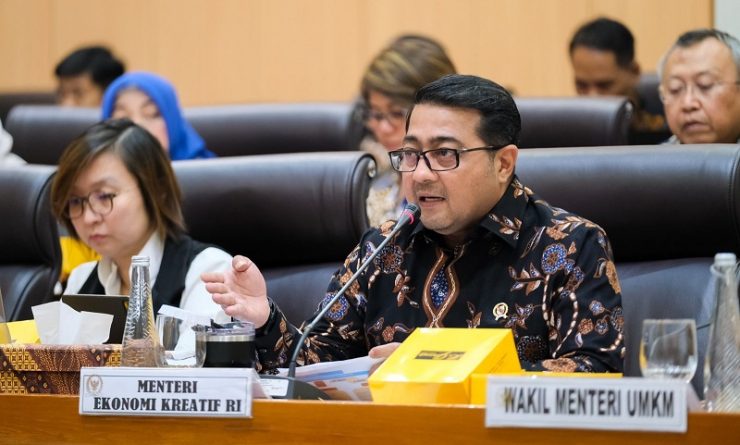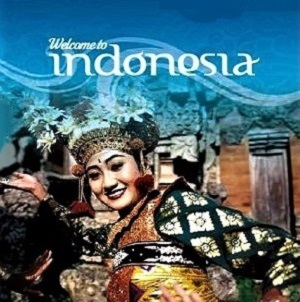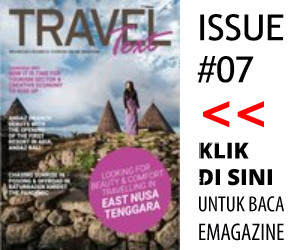THE INDONESIAN Ministry of Creative Economy, together with the House of Representatives Commission VII, held a working meeting to discuss the work plan and budget of the ministry/institution for the 2026 budget year.
The working meeting provided an opportunity to reflect on the previous year’s work and strengthen the Ministry of Creative Economy contribution to the creative economy as a driver of national economic growth, starting from the regional level.
Based on the National Medium-Term Development Plan (RPJMN) and the Main Performance Indicator (IKU) 2025-2029, the Creative Economy Ministry has set four main goals: gross domestic product growth, export value, labor absorption, and increased investment. In 2024, Creative Economy’s GDP grew by 5.69%, with a target of reaching 6.12% by 2029.
The Minister of Creative Economy, Teuku Riefky Harsya, said that, according to data from the Investment Coordinating Board (BKPM) analyzed by the Ministry of Creative Economy, the largest foreign investment in the first half of 2025 came from Singapore, totaling IDR18.65 trillion. From the domestic side, Jakarta is still the main destination, with investments surging from IDR18.14 trillion in 2024 to IDR25.97 trillion in 2025.
Meanwhile, the investment in the Creative Economy sector has also shown a positive trend. In 2024, total investments reached IDR90.12 trillion by the first semester of 2025, surpassing the previous year’s total of IDR64.22 trillion. Teuku Riefky made these comments at the Working Meeting on Thursday, April 9, 2025.
Similar optimism was seen in exports last year. Based on customs data processed by the Ministry of Creative Economy, exports reached US$25.1 billion in the first half of 2024 and were projected to rise consistently to US$33 billion by 2029. In terms of employment, the Creative Economy sector absorbed 26.5 million workers in 2024.
In the first semester of 2025, the export of the handicrafts sub-sector was dominated by fashion, reaching US$7.09 billion. Kriya amounted to US$5.01 billion, and culinary reached US$767 million. Market diversification also began to strengthen. Deliveries to Switzerland, Japan, and the United Arab Emirates increased from 5.7% to 19.14%.
This confirms the growing global acceptance of Indonesia’s creative products. In light of the positive impacts of new programs such as the empowerment of creative villages, craft and culinary industries for MSMEs, local events and festivals, and inclusive and social programs, despite the current challenges, the Creative Econmy Ministry proposed a new budget initiative of IDR2.24 trillion. Teuku Riefky emphasized the importance of proportional budget support to ensure the sustainability of priority programs.
“We expect the proposed program of activities to receive commensurate technical and fiscal consideration to ensure the sustainability of priority program implementation in the creative economy sector. Public services and Creative Economy programs must run optimally so that this sector becomes a new national growth engine starting from the regions,” he affirmed.
The chairman of the House of Representatives Commission VII meeting, Rahayu Saraswati Djojohadikusumo, approved the budget increase. He urged allocating the budget to substantive programs that impact people’s welfare. Saraswati added that the budget discussion is not just about numbers, but ensuring direct benefits for the community.
“We want the budget allocation to strengthen ecraf so it can encourage economic growth and increase people’s welfare,” she concluded. [traveltext.id]
















